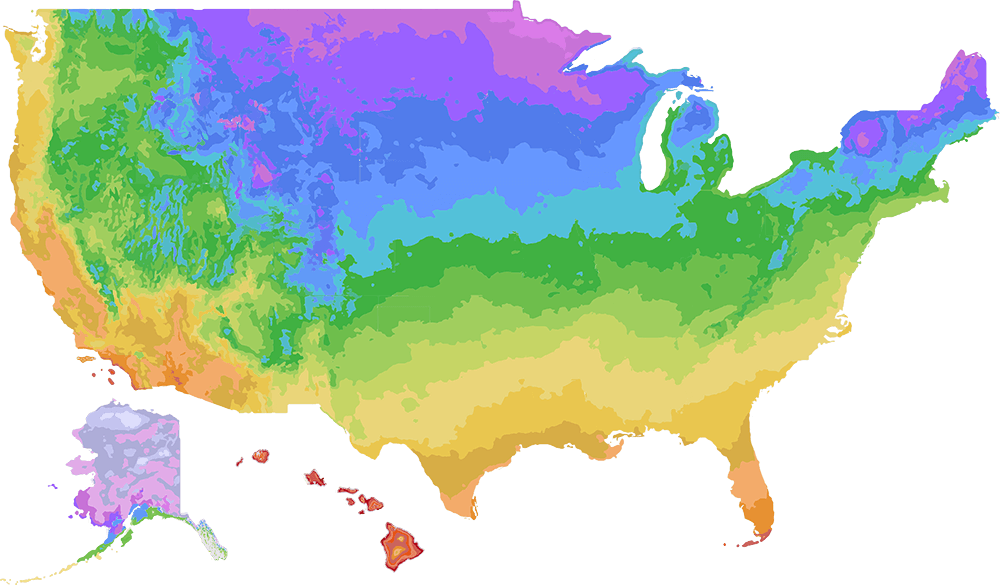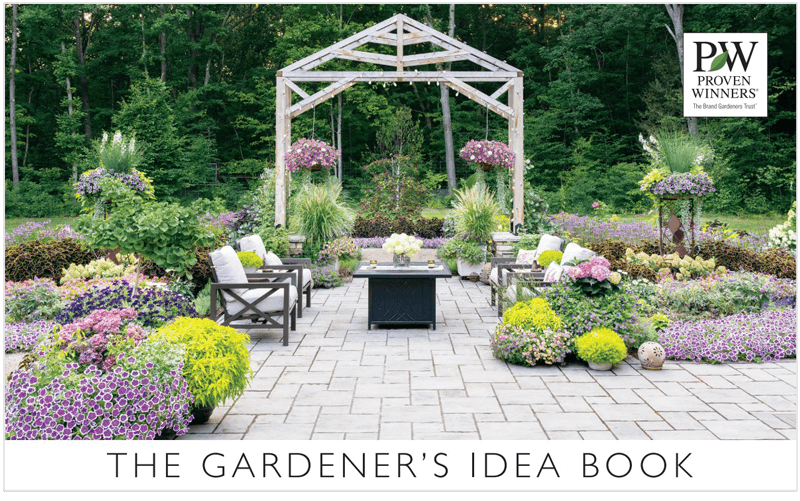Caladiums - The Ultimate Growing Guide from Proven Winners®
How to grow vibrant and versatile Heart to Heart™ Caladiums
 |
| Above recipe - Endless Color |
Do you love the tropical look of bold leaves in vibrant colors? Are you struggling to find something unique for your shade garden? Ready to add life to your windowsill with a few new houseplants?
Buy caladium plants - Order online and have them shipped right to your door
Heart to Heart™ Caladiums are the answer!
These lush tropical plants are the perfect way to bring that “vacation vibe” to your deck or patio containers, garden beds and even your living room. Though caladiums traditionally thrive in lower light conditions, newer, more sun tolerant varieties can be grown alongside your favorite Proven Winners annuals like ColorBlaze® coleus, Sunpatiens® impatiens and Sweet Caroline sweet potato vines.
Heart to Heart Caladiums make unique and bold “thrillers” in container recipes paired with shorter, mounded to trailing plants. A container filled with lush caladiums is an amazing sight to behold. They’re also stunning when planted en masse in garden beds. See all of our caladium recipes.
    |
Depending on the look you’re going for and what kind of lighting conditions you are able to provide, you can choose from Fancy Leaf or Strap Leaf varieties.
|
CALADIUM CARE & GROWING TIPS
When to plant?
For effective caladium care tips, wait to plant its bulbs and leave plants outdoors until air temperatures are consistently at least 60°F. If you’re planning to plant them in the ground, wait until the soil temperature is at least 65°F. If you move them outside too early, the cool temperatures will greatly slow down their growth and delay their flourishing in your garden. It’s better to enjoy them indoors as a houseplant until it’s nice and warm outside. Here are some of our caladiums growing guide below.
Where to plant?
Caladiums grow beautifully in containers and in landscapes that have well-drained soil. If you garden in heavy clay, you’ll want to grow your caladiums in containers or raised beds. Fill your patio pots, window boxes and hanging baskets with the low maintenance, all-season color that caladiums provide.
How much sun?
All types of caladiums grow well in part shade (4-6 hours of sun). However, some varieties can tolerate full sun (6+ hours) in most parts of the country and others can tolerate full shade (<4 hours).
Caladium varieties that can grow in both sun and shade include:
'White Wonder' | 'Scarlet Flame' | 'Bottle Rocket' | Fast Flash™ |
See more sun or shade caladiums
Caladiums that prefer partial shade to full shade include:
 'Raspberry Moon' |  'Splash of Wine' |  'Snow Flurry' |  Va Va Violet™ |
See all part shade to shade caladiums
You’ll know your caladiums are getting too much sun if you start to see holes with brown edges appear on the leaves between the veins. We call this “melting”. If this happens, simply moving them to a shadier spot is one of the best caladium care tips.
Some sun will help to draw out brighter colors on your caladium’s leaves. If they look dull, move them to a spot with a bit more sun.
When growing sun-tolerant varieties in the south, remember that they will require more water. For successful caladium growing guide, it's best to irrigate in the early morning to prevent sunburn.
How much heat?
Caladiums are tropical plants that love the heat, even in southern climates. Their most active growth occurs during the warmest part of the season. That's why it is important to wait to put them outside until the air temperatures are consistently at least 60°F and the soil temperature is at least 65°F. Caladiums can get stunted or may even stop growing completely if they are moved outside when it is too cool.
How much water?
When you first plant your caladiums, they’ll enjoy moist—not soggy—soil. The more sun they are growing in, the more quickly the soil will dry out, so you’ll want to keep an eye on them until they are established. Once they are rooted in and flourishing in your garden, they will only need average amounts of water. As is true with most garden plants, early morning is the best time to water caladiums. It's one of caladium care tips that's effective.
Do I need to fertilize?
Caladiums don’t need as much fertilizer to stay happy compared to “hungry” flowers like petunias. Here's another caladium growing guide: when you plant them, mix some Proven Winners Premium continuous-release plant food into the soil (follow package instructions for rates). Follow up with our water-soluble plant food once per month. Though they may occasionally produce a flowerlike bud called a spathe, caladiums are grown for their colorful foliage.
Are caladiums pest and disease resistant?
Caladiums are generally considered to be quite pest and disease resistant. Generally, any problems you see are the result of overwatering which can cause the bulbs to rot, too much sun or too much fertilizer. Caladiums are considered to be moderately resistant to deer and rabbit browsing, though they may eat the foliage if there is no other suitable food source nearby.
How do you save caladiums for next year?
Caladiums can simply be grown as annuals, dug up and stored over winter, or grown as potted houseplants until the weather warms. Learn more about how to overwinter caladiums.

HOW DO YOU GROW CALADIUMS FROM BULBS?
You might enjoy growing caladiums from bulbs rather than buying actively growing plants if you like the experience of growing plants from seeds or roots, and you're not looking for instant impact.


Buy Proven Winners plants:
Want to learn more about caladiums?
12 Container Recipes for Heart to Heart™ Caladiums
Are you a grower? Here are tips for caladium greenhouse production.



 Fancy Leaf Caladiums tend to have heart-shaped leaves with their stem (petiole) attached near the middle of the leaf and an upright habit. They are generally more shade tolerant, but some cultivars can handle quite a bit of sun. Fancy leaf types tend to be a bit more sensitive to cold, so if you’re planning to bring them indoors for winter, do so before the temperatures drop below 60°F.
Fancy Leaf Caladiums tend to have heart-shaped leaves with their stem (petiole) attached near the middle of the leaf and an upright habit. They are generally more shade tolerant, but some cultivars can handle quite a bit of sun. Fancy leaf types tend to be a bit more sensitive to cold, so if you’re planning to bring them indoors for winter, do so before the temperatures drop below 60°F. Strap Leaf Caladiums have narrower, arrow-shaped leaves with their stem (petiole) attached near the edge of the leaf and a mounded habit. They are generally more sun tolerant but also grow well in shade. Strap leaf types tend to be a bit more cold tolerant, so if you’re planning to bring them indoors for winter, you have a bit more time than with the fancy leaf types.
Strap Leaf Caladiums have narrower, arrow-shaped leaves with their stem (petiole) attached near the edge of the leaf and a mounded habit. They are generally more sun tolerant but also grow well in shade. Strap leaf types tend to be a bit more cold tolerant, so if you’re planning to bring them indoors for winter, you have a bit more time than with the fancy leaf types.





